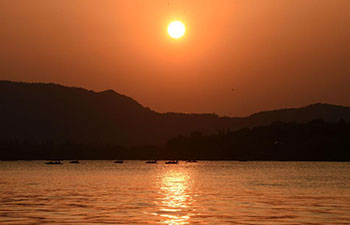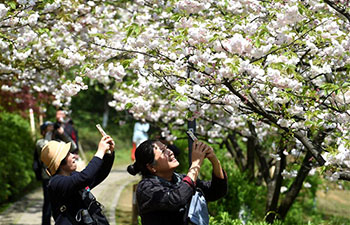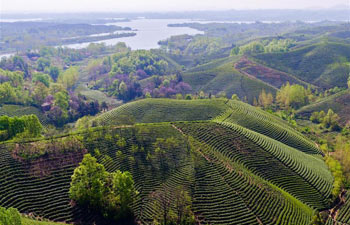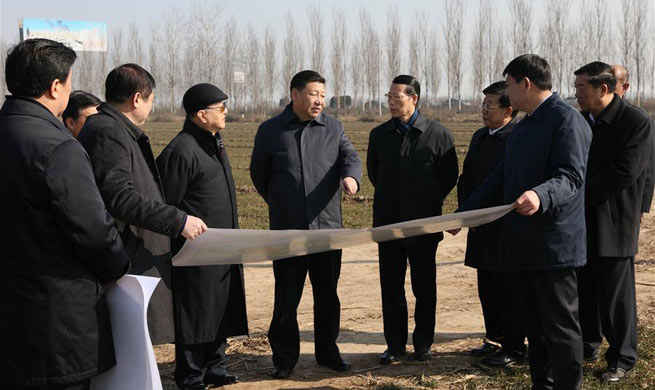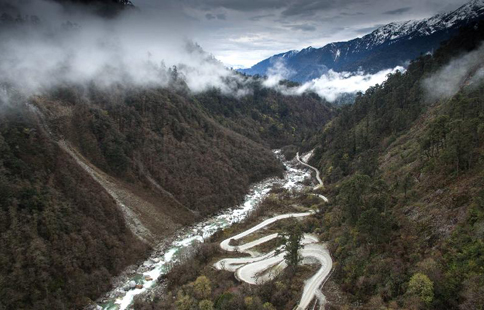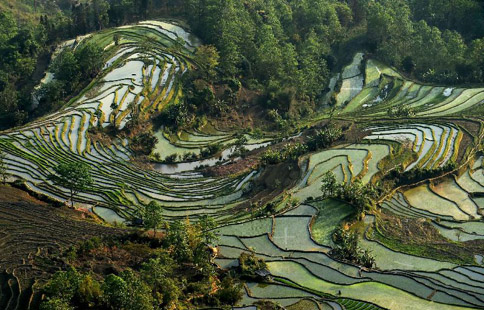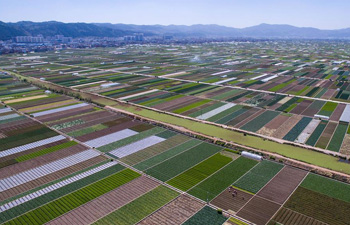SAN FRANCISCO, April 13 (Xinhua) -- A new satellite remote sensing study indicates that decades of over-pumping groundwater have irreversibly altered clay layers in parts of the Central Valley in California, a state on the U.S. West Coast.
The research, published online in the journal Water Resources Research, reveals that land in the state's San Joaquin Valley, roughly the southern half of the Central Valley, sank 85 centimeters, or nearly 3 feet, during a recent drought due to over-pumping.
It translated into a permanent loss of natural water storage capacity of between 415 to 748 billion liters, or nearly 110 to 197 billion gallons, in the San Joaquin Valley, one of the United States' largest agricultural hubs that grow an estimated 17 billion U.S. dollars worth of crops per year.
Referring to the Goldent State's recent experience of its wettest season in years following an extended, record-setting drought, study co-author Rosemary Knight, a professor at Stanford University's School of Earth, Energy & Environmental Sciences said "California is getting all of this rain, but in the Central Valley, there has been a loss of space to store it."
Using data acquired with a satellite technology called Interferometric Synthetic Aperture Radar, or InSAR, Knight and her colleagues measured centimeter-scale changes in elevation in the San Joaquin Valley between 2007 and 2010. The team was able to calculate the amount of subsidence, or sinking, the land was experiencing.
Subsidence happens when the water pressure in the subsurface dips below a critical level due to too much groundwater removal, leading to sediment compaction.
"As you pump groundwater out of an aquifer, the water pressure in the tiny pores of the sediment drops," study first author Ryan Smith, a doctoral candidate in Knight's lab, was quoted as saying in a news release. "That reduces the ability of the aquifer to hold up the ground above it and causes it to collapse. That collapse is manifested at the surface as subsidence."
This not only makes it more difficult to store water in the future, it also makes it harder to draw any existing water out in the present, the researchers noted.
While the InSAR data were collected during the drought period between 2007 and 2010, California experienced a more severe drought from 2012 to 2016. "I think it's safe to say that the latest drought may have caused at least as much, or even more, subsidence and permanent compaction in the region than the last one," said Smith.
One way farmers in the region could alleviate the problem, Knight suggested, is to avoid drawing water from clay layers and instead pumping from sand and gravel layers, which are more easily recharged and are less susceptible to permanent compaction. Enditem






